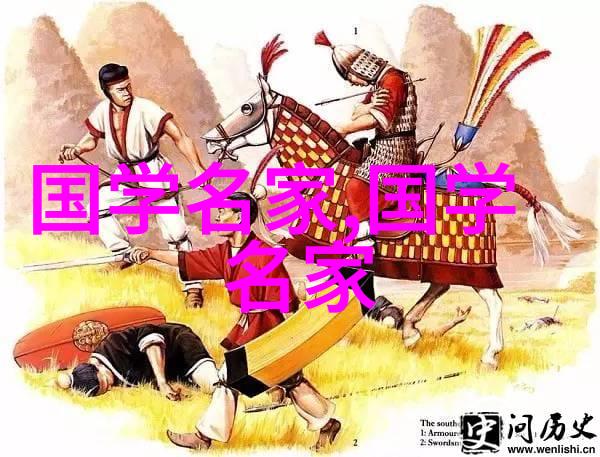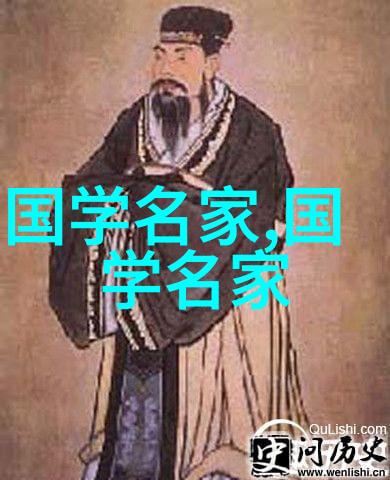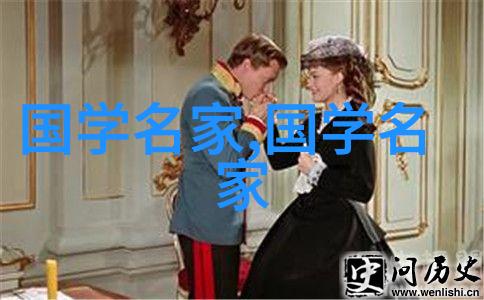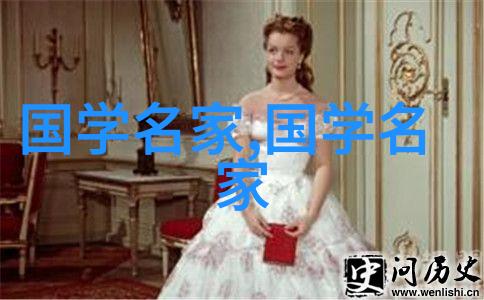Unveiling the Life and Legacy of a Pivotal Histori
Unveiling the Life and Legacy of a Pivotal Historical Figure: A Journey Through Time

The life and legacy of a historical figure can be as fascinating as it is complex, revealing layers upon layers of intrigue that captivate audiences for centuries to come. One such individual who has left an indelible mark on history is Leonardo da Vinci, a polymath whose contributions to art, science, engineering, mathematics, and anatomy continue to inspire awe in the modern era.
Early Life and Education
Born in 1452 in Vinci, Italy, Leonardo da Vinci was the illegitimate son of a notary named Messer Piero Fruosi and Caterina Buti. His early years were marked by exposure to various artistic influences from his father's family circle. Da Vinci's fascination with nature was evident even at this young age; he spent countless hours observing animals in their natural habitats and meticulously studying their movements.

Da Vinci's formal education began when he moved to Florence at the age of 14 under the patronage of Lorenzo de' Medici. He studied painting under Andrea del Verrocchio but soon became disillusioned with traditional techniques after witnessing Michelangelo work on his statue "David." This encounter sparked da Vinci's interest in sculpture as well as his desire for self-taught knowledge outside conventional boundaries.

Artistic Innovations

Leonardo da Vinci is perhaps most renowned for his incredible works of art that continue to mesmerize people around the world today. His paintings are characterized by intricate details that showcase an unparalleled understanding of human anatomy coupled with masterful use of light and shadow – two elements that set him apart from other artists during his time.
One notable piece is "Mona Lisa," which features enigmatic smile painted using sfumato technique – blending colors seamlessly into one another without clear edges or sharp transitions between shades – creating an aura surrounding her face like an ethereal halo.
Another iconic work includes "The Last Supper," depicting Jesus Christ sharing bread with twelve apostles before Judas Iscariot betrays him leading up to crucifixion – showcasing exceptional skill through dramatic body language emphasizing emotions while maintaining perfect proportions among characters within frame dimensions limited only by its rectangular canvas surface size constraints imposed upon artist during Renaissance period era where artistic conventions had yet evolved further towards realism rather than idealism used commonly throughout past few centuries prior especially so during Gothic Era although some exceptions existed here too given highly skilled artisans working then already knew they could push boundaries far beyond just what others expected them do simply because these men were known masters within their respective fields when looking back now comparing skills against others working similarly then versus those living much later periods after significant advancements made possible due technological advancements over time progressions taken place since old days long gone forever lost never coming back again once more evermore!




